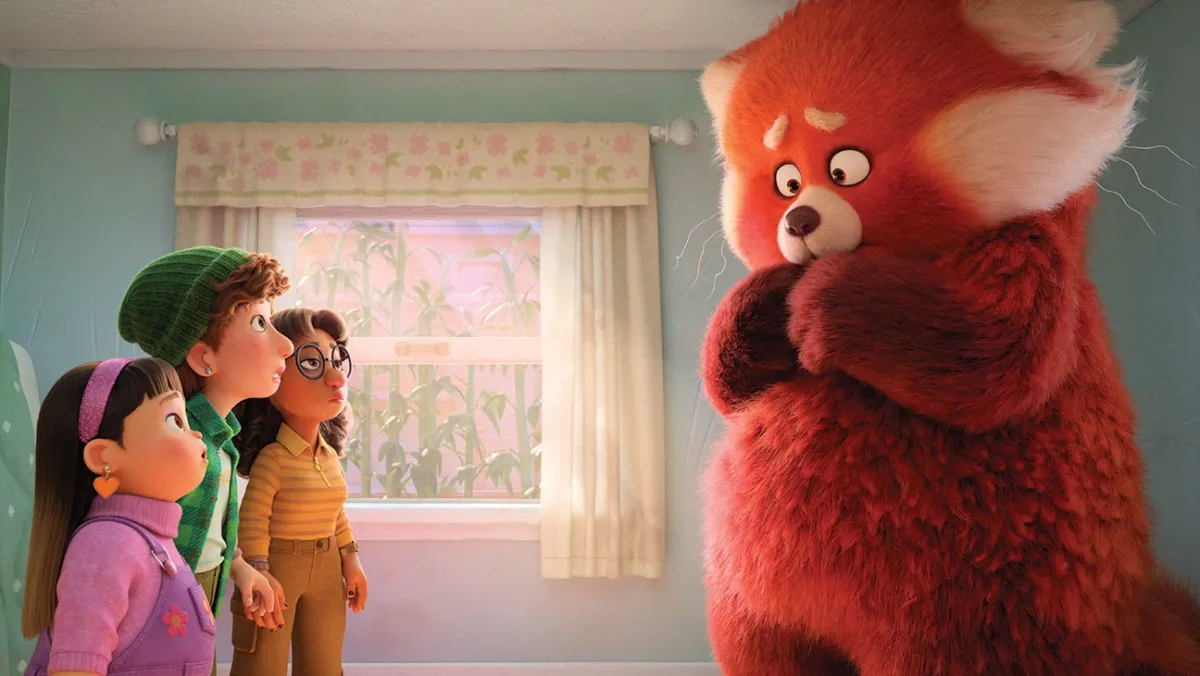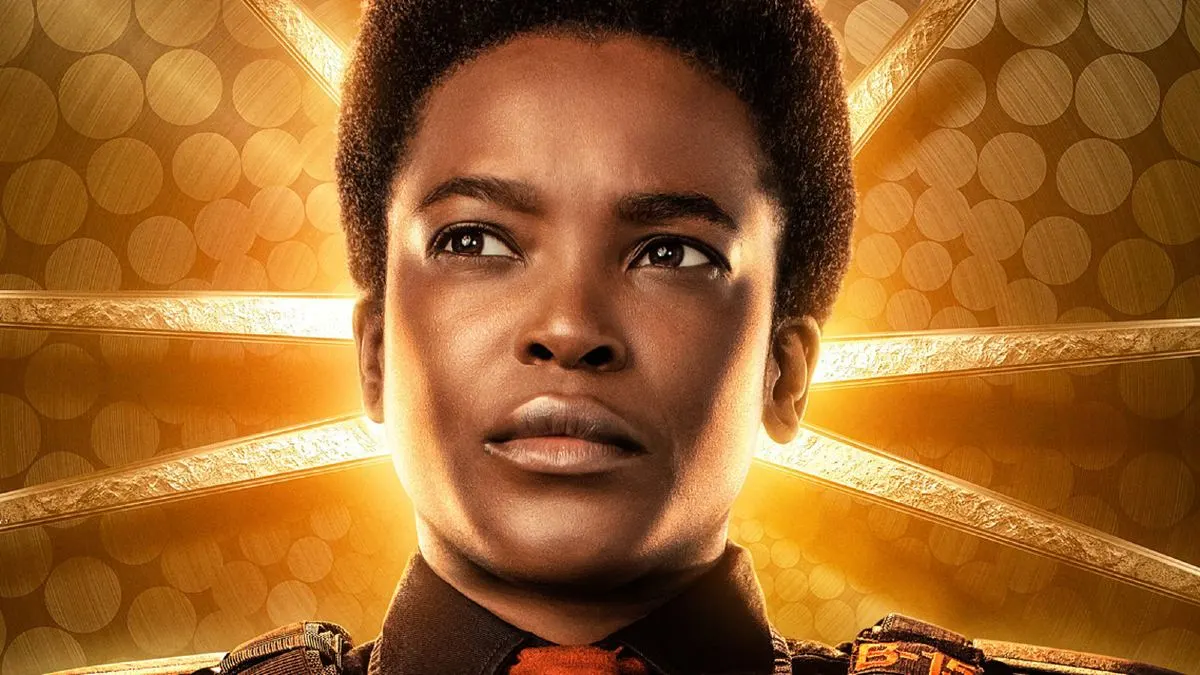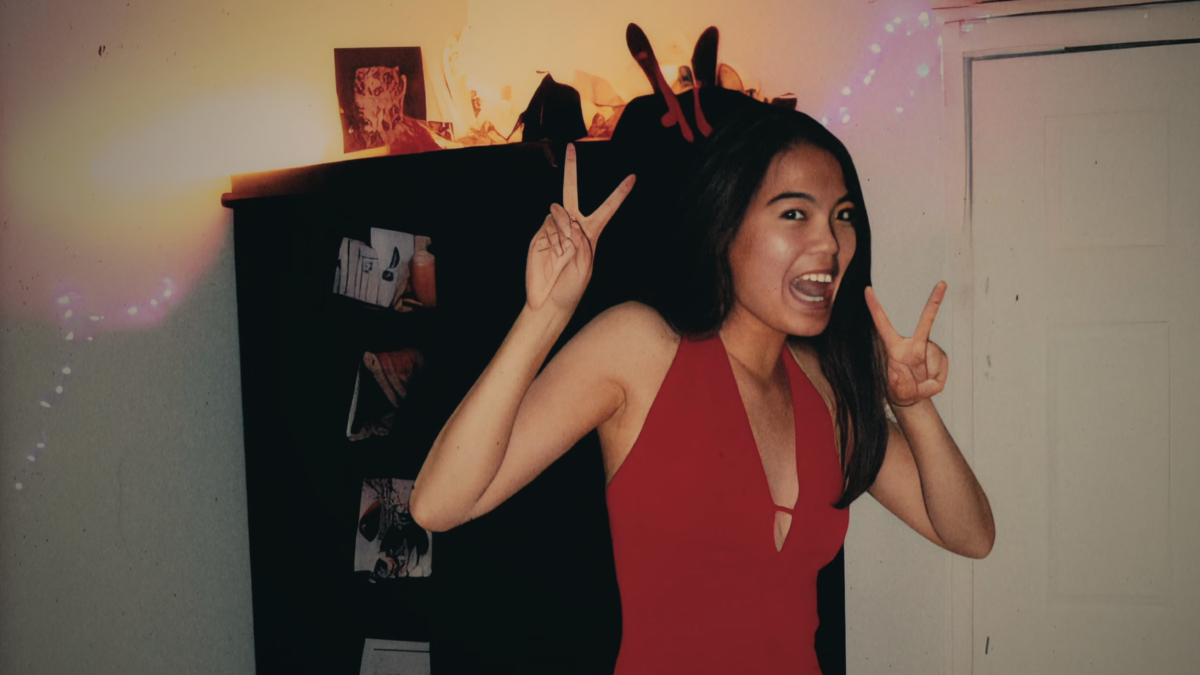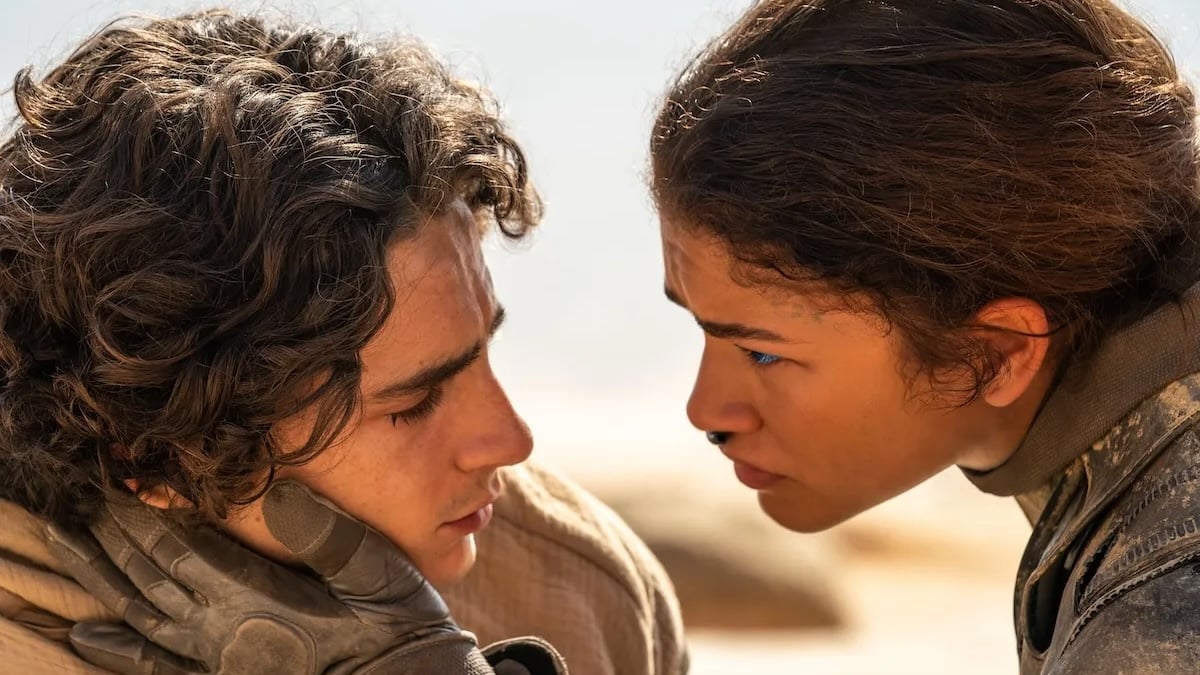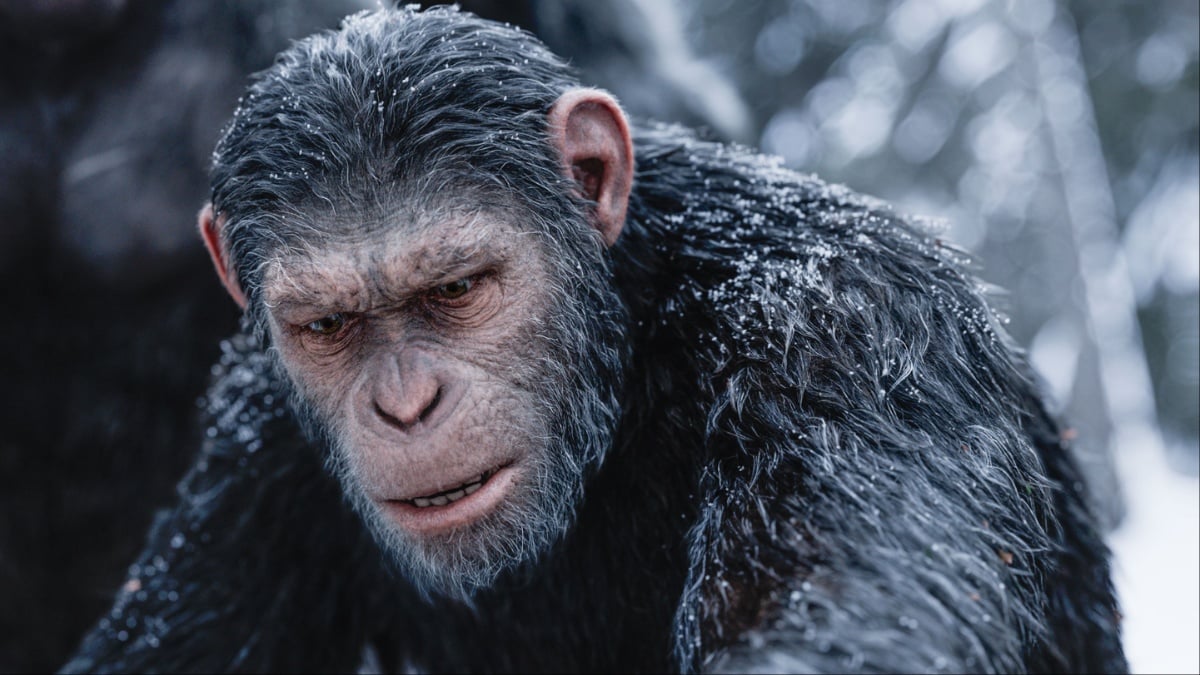Turning Red, Pixar’s latest animated film, has already generated a lot of buzz and even some controversy. Directed by Domee Shi and starring Rosalie Chiang and Sandra Oh, Turning Red tells the story of Meilin “Mei” Lee, a 13-year-old girl in Toronto who loves listening to boy bands, hanging with her besties, and excelling at school. But Mei’s life is upended when, after her mother publicly humiliates her, Mei transforms into a humungous red panda. It turns out that all the women in Mei’s family are cursed (or blessed?) with a tendency to turn into red pandas when they get riled up. The movie focuses on Mei’s efforts to first hide and then exploit her new ability, and the ending is as moving as it is memorable.
The Red Peony Blooms
One reviewer claimed that because Turning Red centers on a Chinese Canadian girl, it’s too specific to be relatable. The thing is, though, that the movie’s specificity is exactly what allows it to explore one of the most universal experiences there is: puberty.
At the beginning of the movie, Mei makes it clear that she sees herself as an adult. “Being 13 means I’m officially a grown-up,” she says, bragging that ever since she turned 13, she’s been wearing, saying, and doing what she wants. But it’s clear that Mei isn’t quite as grown up as she thinks. For one thing, she’s fixated on doing whatever her mother, Ming, asks of her. When her best friends ask her to come to karaoke with her, she says she has to go work at the family temple instead.
Also, her body hasn’t finished changing yet, either. Throughout the first act of the movie, we see Mei experience her first crush, drawing pictures of the Daisy Mart guy in her notebook, and rebel for the first time, lying to her parents so she can earn money to go see the boy band 4 Town. When she first turns into a panda, Ming asks if “the red peony has bloomed,” meaning her period. As grown up as Mei thinks she is, she’s completely unprepared for the full force of puberty, with all its bodily changes and mood swings.
Shi, in the behind-the-scenes feature Embrace the Panda (also available on Disney Plus), calls Mei’s transformation into a red panda “a metaphor for magical puberty,” with Mei suddenly transforming into something that’s “big and hairy and smelly, an emotional wreck.” This theme is the first key to understanding the movie’s ending. The movie is fundamentally about getting through the most awkward and uncomfortable period in many of our lives, and finding our best selves on the other side of it.
The movie is also about mothers and daughters. Ming is the one who explains the reason behind Mei’s transformation, telling her that their ancestor, Sun Yee, gained the ability to turn into a red panda in order to protect her family. Mei’s grandmother and aunties also play a role, helping her prepare for a ritual in which they’ll banish her panda into a piece of jewelry so that she’ll never have to worry about transforming again.
The main conflict in the movie is Mei’s growing certainty that she doesn’t want to banish her panda, but keeping it means standing up to her overbearing mother, who won’t take no for an answer.
The Ending
Near the climax of Turning Red, when Mei is trying to make herself go through with the ritual, she literally pushes Ming away, choosing to keep her panda. When Ming falls after being pushed, her pendant cracks, and her own panda, long suppressed, is finally unleashed. Unlike Mei and the rest of the women in her family, though, Ming’s panda is the size of a skyscraper.
Mei and Ming then engage in an epic kaiju-like battle at the Toronto Superdome, while her family hurriedly tries to set up another ritual. After getting Ming in the magic circle, Mei finds herself in an interesting situation: She’s back in the bamboo forest, but there’s another young girl with her. It turns out it’s Ming as a teenager, and Ming is frightened. Ming is appalled at herself for hurting her own mother while in panda form, and it quickly becomes clear that shame is the driving force behind her overprotective personality. Suddenly, Mei gains a new level of understanding of why her mother does what she does.
When Mei and Ming join the rest of the women in the bamboo grove, Ming asks Mei to banish her panda, but Mei refuses. Mei feels ready to explore who she is and embrace all aspects of her personality, and Ming finally realizes she has to honor that. When the portal closes, Mei turns to Sun Yee. “I’m not going to regret this, am I?” she asks. In response, Sun Yee hugs Mei tight, and the two fly triumphantly through the sky, celebrating the gift of their lineage and their panda selves.
But that doesn’t mean Ming and the rest of the women in Mei’s family have made the wrong choice. At the end, everyone is happy and comfortable with their decisions. Ming, Mei’s grandmother, and Mei’s aunties would rather keep their pandas separate, and that’s okay! Meanwhile, Mei quickly learns how to get the most out of her panda, using her gift to bring in revenue at her family’s temple.
More importantly, though, Mei and Ming have gained a new mutual respect and understanding of each other. Mei understands where her mother is coming from when she wants to protect Mei, and Ming understands that Mei needs the freedom to grow up in her own way. Mei needs to embrace the adult that she’s becoming, and Ming is finally able to put aside her own trauma and see Mei for who she is.
Turning Red is, in the end, about moving forward by looking back. At the end, the ancestors Mei prays to in the temple aren’t just abstract ideas on some old scrolls. Her family gift is real and tangible, Sun Yi is a loving presence in her life, and Mei is able to complete her magical puberty by integrating all of the newfound wisdom she’s gained from her family.
Now, how will she handle it when her red peony eventually blooms?
Turning Red is now streaming on Disney Plus.
(image: Pixar)



